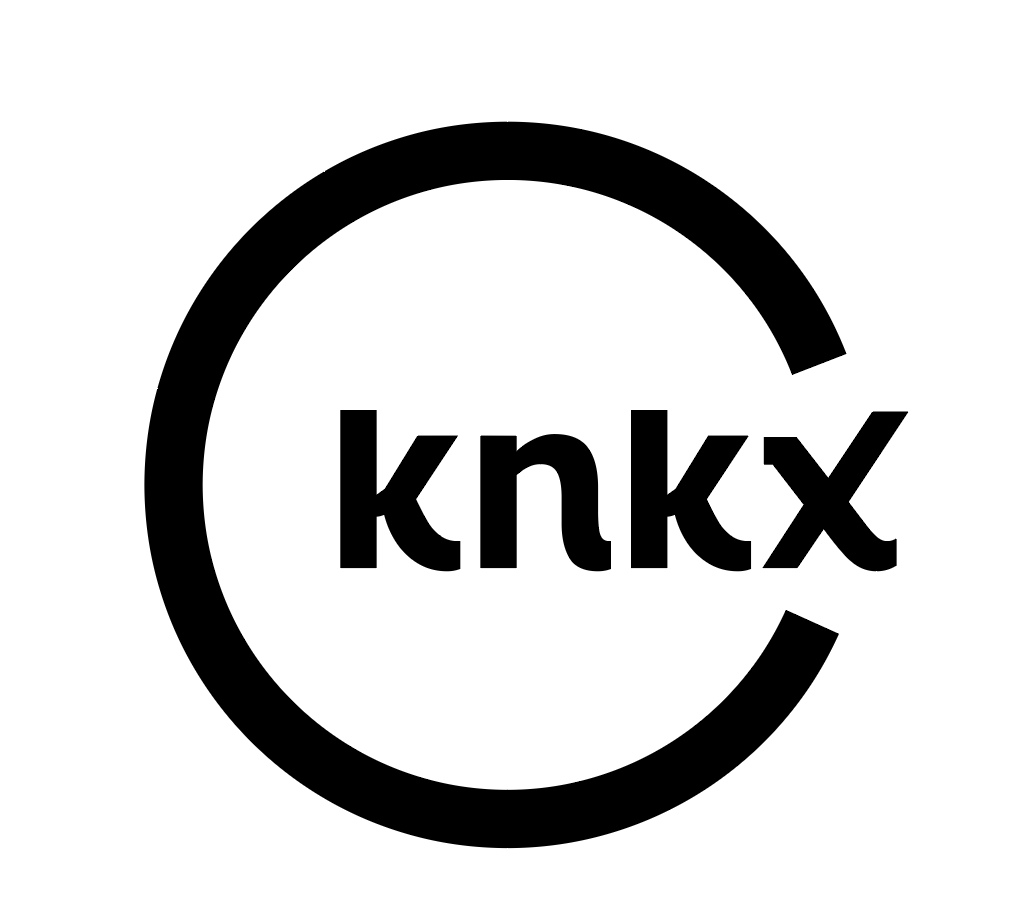If we are to advance education justice, we must address the systemic barriers that prevent our students from accessing the excellent educators they deserve. Research confirms what we know – teachers are the most influential in-school factor driving student success. Yet many students, especially those from disadvantaged backgrounds, end up with inexperienced teachers who may lack adequate support and preparation.
Similar to our stance on Washington’s K-12 funding model, we want to see our most skilled educators working in school buildings with students who have been historically underserved by the system. As advocates, we must focus our efforts on policies that uplift educators and students alike through development, incentives, and diversity. Progress is achievable if we focus our collective efforts on three interrelated policy opportunities:
- Supporting Educator Growth at Every Stage
- Incentivizing Service Where It’s Needed Most
- Building a Diverse Workforce That Reflects Our Students
Supporting Educator Growth at Every Stage
Expanded, equitable access to training, mentorship and leadership development that sets all educators up for success are critical, especially those serving disadvantaged schools.
New teachers and principals take on monumental roles, facing steep learning curves. Even the most skilled new educators experience significant growth in their initial years. Research shows experienced teachers positively impact student motivation, homework completion, and attendance.
Yet a 2020 University of Washington report revealed over half of novice teachers are in schools with over 50% poverty rates. Close to half of these teachers are in schools predominantly made up of students of color. These high-need schools see a higher teacher turnover, depriving the very students who would most benefit from continuity and stability.
Unfortunately, limited access to developmental opportunities in underserved schools is the status quo. To break this cycle, we must utilize policy to strengthen educator preparation programs and establish standards that equip educators with the necessary skills to improve outcomes for underserved students.
Well-designed residency models that allow for graduated responsibilities and strong mentoring significantly enhance early skills and teacher retention. However, these opportunities are not widely available to new teachers. Competitive grants could encourage localized programs that foster leadership while keeping talent in classrooms. Ongoing mentorship, beyond just the first years, is key.
Interning principals should be given ample opportunities to work alongside experienced principals, gaining valuable firsthand experience in school leadership. New principals should be provided with mentorship opportunities, and mid-career principals should have access to executive coaching. If financial constraints pose limitations, the professional development and support for leaders in underserved schools must take precedence.
Incentivizing Service Where It’s Needed Most
Strategic financial incentives are powerful tools for attracting and retaining excellent educators in high-need schools. Increased pay, stipends, loan assistance, childcare subsidies, and other benefits make service in under-resourced communities more accessible and rewarding.
Our current K-12 funding model exacerbates socioeconomic inequities between districts. By reforming policies that widen opportunity gaps, we can make teaching in modest-means schools an appealing choice for talented educators.
Programs like Dallas ISD’s Accelerating Campus Excellence (ACE) demonstrate how financial incentives dramatically improve outcomes when directed toward disadvantaged schools. In 2016, the program paid up to $10,000 annually in bonuses. Research documented dramatic academic improvements at ACE schools. This proves strategic compensation attracts top teachers where needs are greatest.
Through coordinated advocacy, we can champion compensation structures that honor teaching excellence while directing talent to students who stand to benefit the most.
Building a Diverse Workforce That Reflects Our Students
Actively recruiting educators of color, especially in schools serving predominantly students of color, provides immense benefits by bringing cultural perspectives into teaching. Retaining teachers and leaders of color also requires supportive programs aimed at professional growth and combating turnover.
Likewise, administrators of color are uniquely positioned to shape an inclusive school culture and sustain a diverse staff. Policies should bolster under-resourced districts in developing principal pipelines and providing leadership incentives targeting candidates of color.
Strategic hiring assistance enabling high-need districts to finalize budgets and fill vacancies early is another impactful approach. Delayed hiring can make it difficult to attract skilled teachers, who are more likely to have already secured a position elsewhere. State policy could assist high-need districts to finalize their budgets and internal transfer processes ahead of time, and then prioritize hiring in under-resourced schools before addressing other vacancies.
We should also consider refining teacher layoff policies that take into account teacher seniority, performance, and other specific school needs. This approach would help protect districts and schools with a higher percentage of novice teachers from suffering disproportionate teacher turnover during tough economic times.
With a diverse educator workforce that mirrors the student body, schools become vibrant places where all young people feel represented, valued, and understood.
As we recover from the impacts of the COVID-19 pandemic—especially our joint efforts to help students regain lost academic ground—it’s crucial that school, district, and state education leaders adopt policies ensuring equitable access to highly skilled, diverse teachers and principals. As illustrated here, numerous evidence-based policy opportunities exist to support this goal.
We need a mix of targeted, near-term interventions and a focus on long-term policy structures. It’s key that policy strategies in this area form a coherent whole, rather than a multitude of siloed programs and policies operating in tandem.
Recovery demands unified action to confront injustice. The responsibility is shared and progress is attainable if we dare to envision it.















